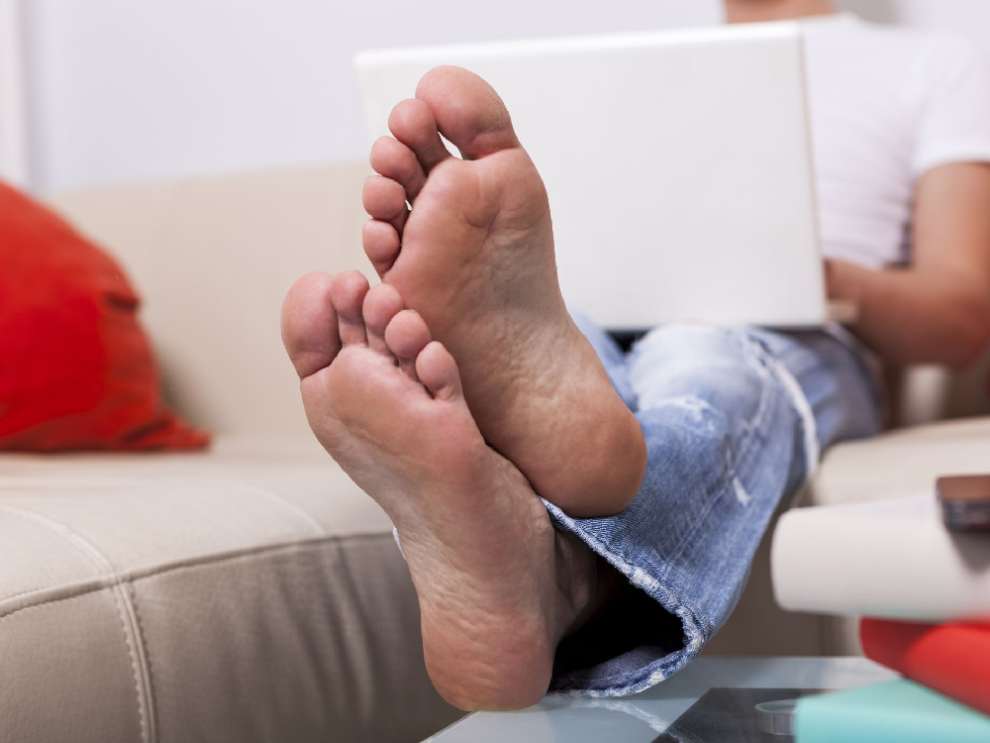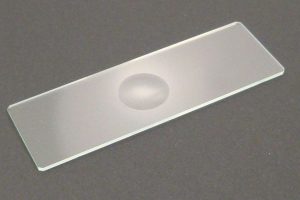Flat Feet [Pes Planus] occurs when the foot arch collapses and is in near to or complete contact with the floor. It is a deformity from birth or acquired due to injury or aging.
The few symptoms of symptoms that patients at Podiatrist Irvine Clinic share are –
- Pain around the arch or heel area.
- Flat look of one or both feet.
- Swelling in the ankle.
- The shoes feel uneven.
- The instability of posture and gait can cause pain in the knee, hip, and lower back.
- Limiting simple movements like standing on tiptoes.
Causes of flat feet
In kids and teens
Flat feet are connected with excessive foot pronation. Unlike normal pronation, over-pronation happens when the arch descends downwards as well as inwards when the foot is placed on the floor. Therefore flat feet cannot absorb shock properly, which can stress the feet, knees, and ankles.
Over-pronation causes excessive tibia rotation, which increases shin splint risk. As the foot places an inward tilt, the ligaments and tendons of lower extremities are strained even more causing knee pain or Achilles tendinitis.
Flat feet in kids can often resolve without any intervention but in adults ‘fallen arches’ can be non-reversible and permanent. As kids develop the changes can cause flat-footedness, especially in ages between 2 to 5. In some kids, the flat-foot issue may not correct itself. Obesity is the reason because extra stress is placed on developing feet.
In some children, flat feet become obvious around adolescence due to gait and pronation abnormalities. If ignored, this over-pronation can worsen down the road.
In adults
Deterioration of the posterior tibial tendon causes ‘fallen arches’ in adults. It occurs especially in obese adults over 40 years. Diabetes and hypertension contribute to poor blood flow in the foot muscles & connective tissues. Even a past injury can cause a fallen arch.
Other causes of the adult-attained flat foot are leg length inequality, Marfan’s syndrome, rheumatoid arthritis, scoliosis, pregnancy, and improper shoes.
Flat feet types
- Flexible flat foot – The foot is flat only when you place weight on it.
- Rigid flat foot – The foot is flat with or without placing weight on it.
How are flat feet diagnosed?
Flat feet are self-diagnosed but the root cause needs investigation from an experienced Irvine podiatrist. It involves visual checkups and imaging tests for evaluating foot structure.
Visual examination
The podiatrist detects flat feet by just looking at the feet when you are standing.
Some other visual tests include –
- Wet footprint
- Shoe inspection
- Too many toes test
- Tiptoe test
Imaging tests
If there is severe pain in the foot, then the podiatrist can recommend imaging tests like –
- X-rays & CT scan
- Ultrasound
- MRI
How are flat feet treated?
Treatment can differ in adults and children. Usually, a conservative approach is preferred, while surgery is recommended in more severe cases.
In children, the arches may be developed as they grow, except for kids with birth deformities. However, surgery cannot be performed when the bone structure is in the developing phase. They may be recommended orthotics to ensure the foot heals in the correct position.
People with severe and persistent pain can benefit from foot gymnastic and orthotic arch support. Conservative treatments like medications [NSAIDs or corticosteroids] and bracing or orthotics are recommended. Orthotics support changes foot structure and layers are added after several weeks to allow slow adaptation to minimal discomfort sensation.
The treatment even includes workouts that enhance arch strength and flexibility. Podiatrists recommend physical therapies that include –
- Foot gymnastics – It involves activities to strengthen the foot’s intrinsic muscles. It can include picking marbles with toes or writing numbers in sand with big toes or stacking things with toes.
- Runners stretch – It helps to lengthen calf muscle as well as Achilles tendon because if they are tight pronation can get impaired.
- Downward dog – It is a yoga pose focused on lengthening and strengthening the Achilles tendon and calf muscles.
- Therapeutic massage – Rolling a ball under the foot can help in enhancing arch flexibility as well as reduce pains and aches.
Surgery
Flat foot surgery includes creating an arch, which can offer permanent pain relief.
Two types of flat feet surgery are conducted –
- Reconstructive surgery – The tendons are repositioned and fused to specific joints for proper realignment of the foot.
- Subtalar implants – A metal implant is placed in the back of the foot to support the arch and correct flat feet.
Foot surgery decision is based on your symptoms, age, and structural deformity nature. Besides, it is costly and can require plenty of recovery time. surgery is to be chosen only when other options are exhausted.
How to cope with flat feet symptoms?
If flat feet symptom is bothering you then visit an Orange County podiatrist. Find proper shoes that compensate for the abnormal foot structure. There are shoe manufacturers that make customized corrective shoes.
A custom-made shoe is an expensive option but a less costly one is to order customized insoles. You can slip it in and out as needed. Online retailers send plasticine slabs. Create foot molds and send them for having customized insoles created.
Some cases don’t need orthotics or customized insoles. You may need properly fitting shoes. While choosing shoes look for the ones that compensate for gait abnormalities for example for mild over-pronation choose stability shoes and for significant over-pronation select a motion-control pair.









